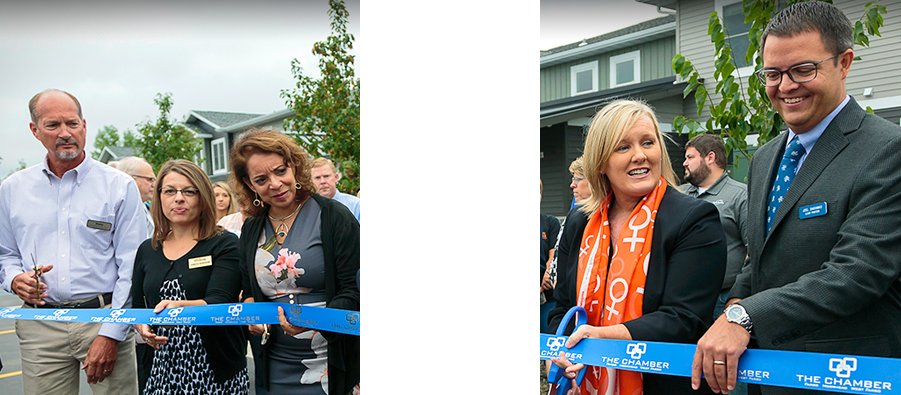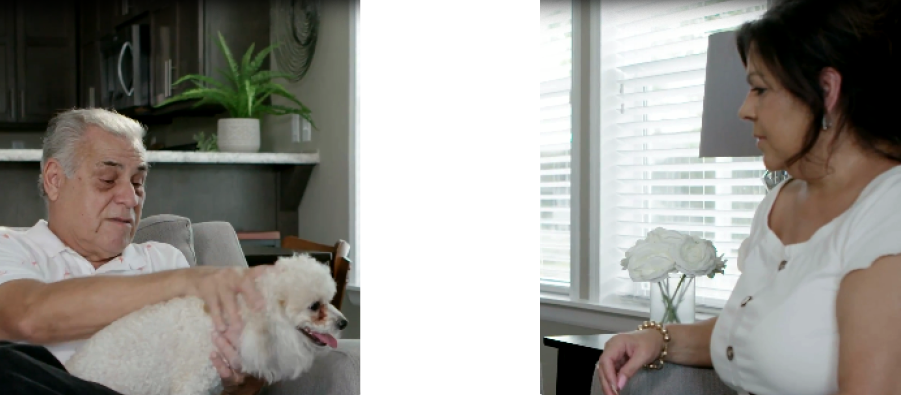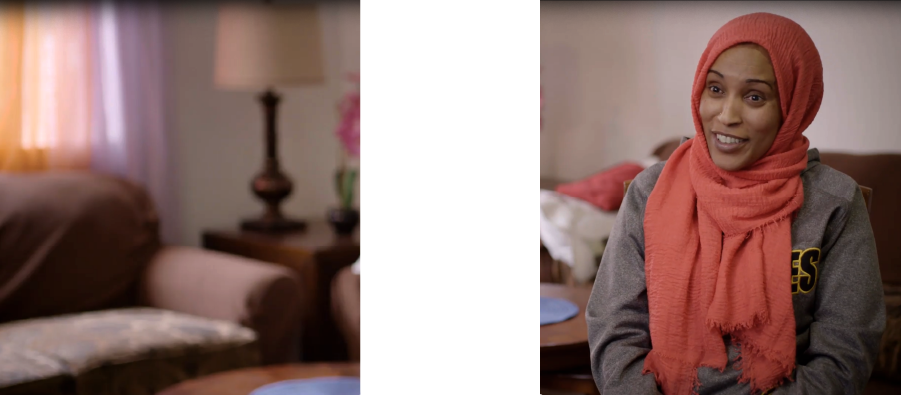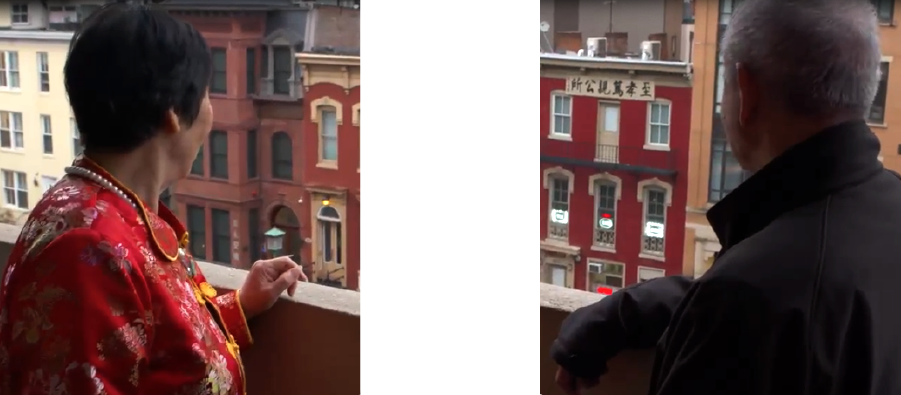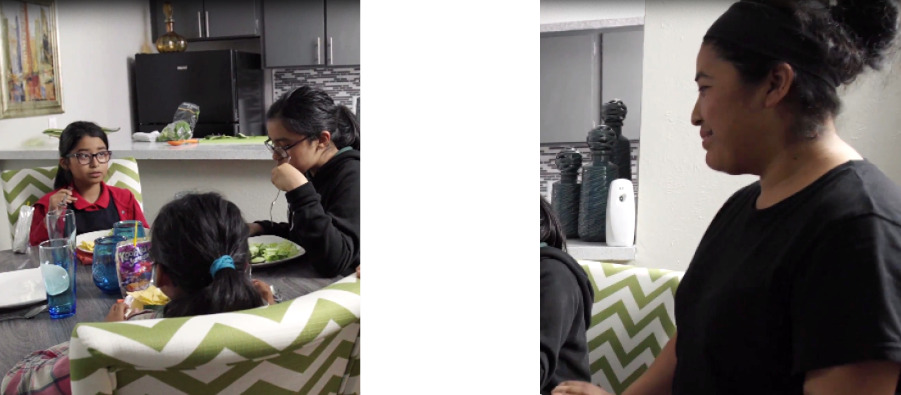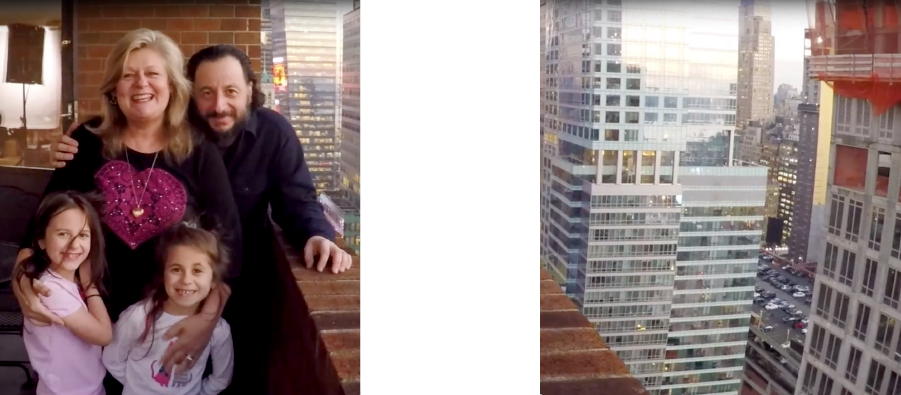Our model. Your partnership. 10 million stories.
Together, we’ve reached an incredible milestone — financing 10 million rental units. Along the way we’ve transformed lives and underserved neighborhoods in ways that motivate all of us to go for 10 million more. Our work helps preserve and grow America’s supply of affordable housing — making healthier, greener living a reality for families across the nation. As we celebrate this landmark event, we also celebrate you, our valued partners. Join us behind the scenes of these vibrant properties and be inspired 10 million times over.

Financing affordable housing is critical to our mission. We think you can do good for society and also do well from a business perspective.Michael Winters VP of Lender Relationships, Affordable Housing, Seniors Housing, and Structured Transactions, Fannie Mae
help
Because of delegation and risk-sharing, we’re really well-positioned to keep adapting to the market as it changes. I’m excited to see how much impact DUS can have in the next 30 years.Rob Levin SVP of Customer Engagement, Fannie Mae
help

Amani Place
Atlanta, GA
Healthy Housing Rewards™ Healthy Design, Green Rewards
This moving before-and-after story highlights the transformation of 400-unit Edgewood Court in the heart of Atlanta. The $23 million in financing for this renovation project allowed the developer to take advantage of Fannie Mae’s Multifamily Healthy Housing Rewards™ Healthy Design and Green Financing programs. The project improved the physical space and provided a safer, healthier home for residents. The work of Fannie Mae, our DUS® lender Capital One, and Jonathan Rose Companies resulted in a community so profoundly improved, residents voted to rename it Amani Place. Amani is Swahili for “peace.”
Find a DUS ® Lender Explore Specialty Financing Learn how we got the deal doneFairways Country Club
Orlando, FL
Manufactured Housing Community
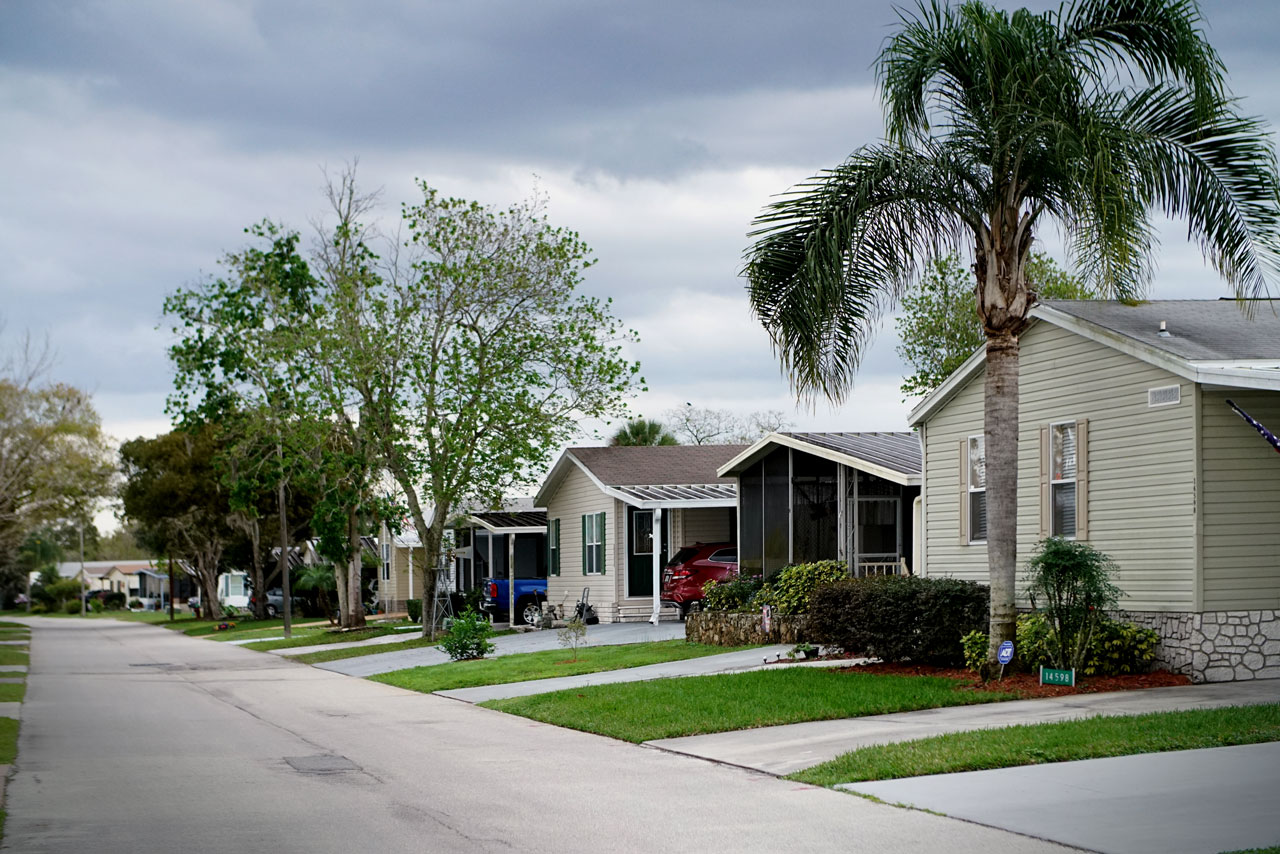
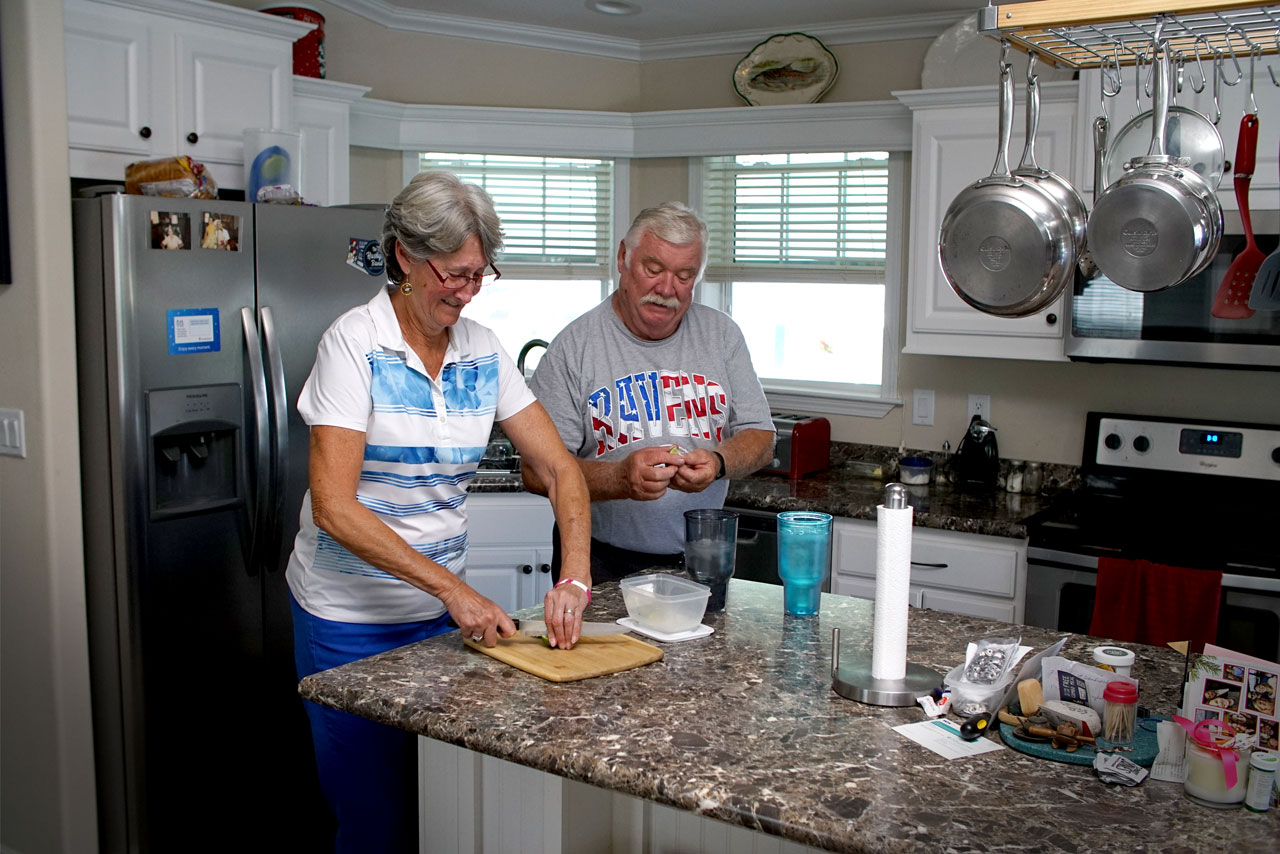
Residents Ginny and Steve Reinhardt.
Ninety-two-year-old Dottie Ramsdell had just teed off from the 10th hole when she told her new neighbor and golfing partner, Ginny Reinhardt, that she felt dizzy. Reinhardt called an ambulance, rode with her to the hospital, and then waited with Dottie until her daughter arrived. The two had only recently met, but no one stays a stranger at the Fairways Country Club housing community for very long.
We look out for each other here,” says Reinhardt.
Ginny, 73, and her husband Steve, 66, moved to the Fairways community in December 2018. Looking to downsize and be closer to their son and granddaughter, the retirees paid $146,000 for a brand-new two-bedroom, two-bathroom manufactured home.
The 338-acre manufactured housing community, which caters to the 55 and older crowd, sits off a busy six-lane highway lined with gas stations and salons, barber shops, and convenience stores. Inside the community, however, the decibel level comes way down. “We hear the birds chirping and the squirrels chattering,” says Ginny.
The Fairways community teems with bougainvillea, hibiscus, old growth oak trees, and palms. It’s an oasis of affordability in a city that has long been one of the fastest growing in the country. According to the Orlando Economic Partnership, by 2030, Orlando’s employment will grow by 19% ― 10% faster than the U.S. average — and will create as many as 482,000 new jobs. But the sunny forecast is casting a shadow on affordability.
Steve says the houses for sale in their price range, in and around Orlando, were extreme fixer-uppers. “I went to Zillow and was looking around, and things that we could afford, we would have been hard-pressed to bring up to the standards of lifestyle that we would want,” he explains. Currently, the only cost-equivalent homes nearby are two-bedroom condominiums, and those come with their own hefty HOA fees.
Jim Dunham has lived at Fairways since 1984. The former fire chief of Orange County marvels at how rapidly the area has been developed. “Go up the road a mile to those apartment complexes,” says Dunham, “and you will be lucky to rent a studio for $1,200 a month.”
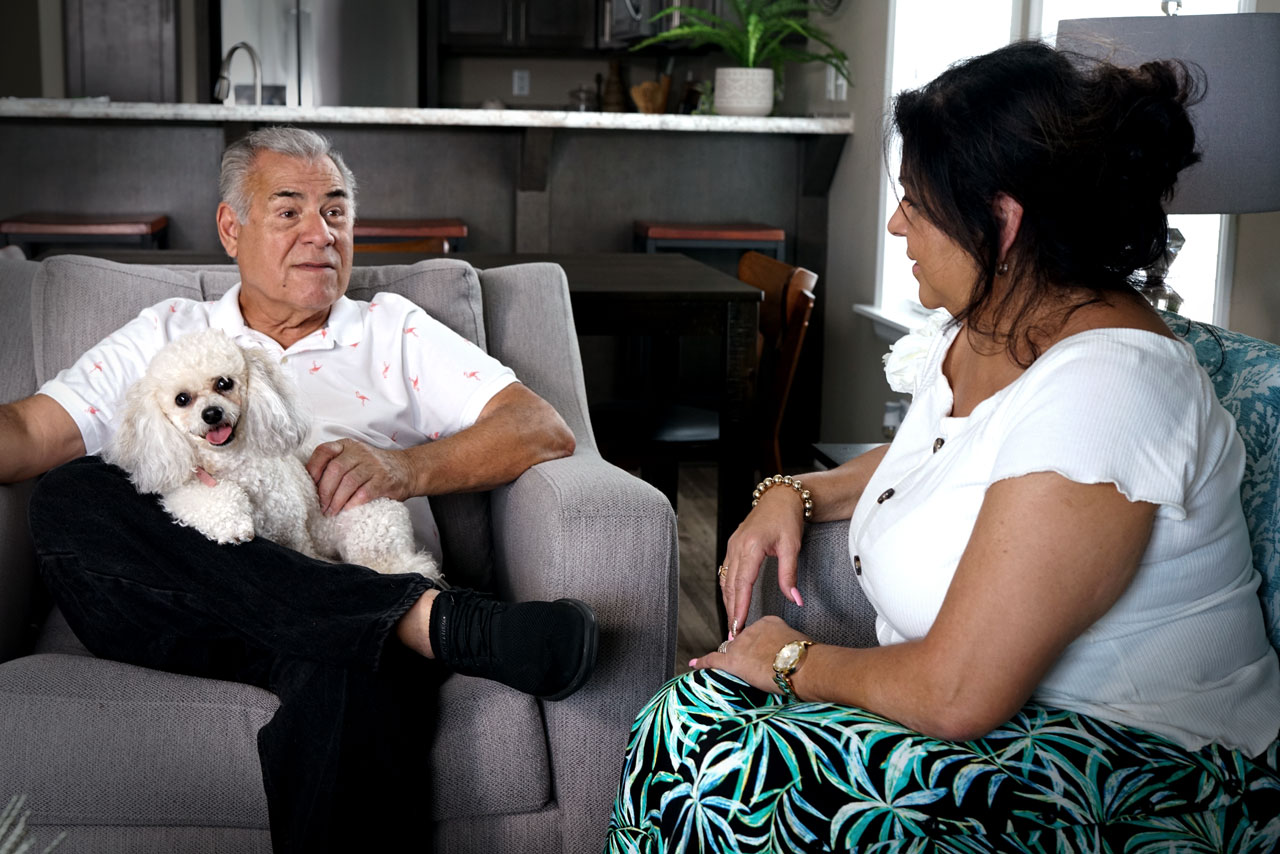
Residents Fred and Madeline Vazquez.
Affordability was also a key reason Madeline Vazquez and her husband Fred moved to Fairways five years ago from nearby Longwood. “We live on a budget now,” Madeline says. “We wanted to downsize, and an apartment is so expensive.” Vazquez had two friends who told her, “Why are you moving into a manufactured house?” Then, Vazquez says, they came to visit her, and each ended up buying one themselves.
Hometown America is the owner/operator of the community. It charges residents on average $760/month for a lot rental fee, which covers charges such as water and trash collection. The fee rises nominally with the Consumer Price Index and also includes access to a variety of amenities, such as three swimming pools, bocce ball and pickle ball courts, and a gym. Access to the 18-hole golf course is a separate cost and is also available to the public.
“If you can’t find something to get you interested, it’s your own fault,” says Steve from his back porch as he shushes his dog, Sam, who appears irritated by the sandhill crane strutting by. Ginny chimes in, “If you’re bored, you’re not looking.”
Manufactured housing serves a very critical component of the affordable housing in the U.S.Doug Minahan
Chief Investment Officer, Hometown America

Will Baker of Walker & Dunlop and Doug Minahan of Hometown America.
“Manufactured housing serves a very critical component of the affordable housing in the U.S.,” explains Doug Minahan, the Chief Investment Officer at Hometown America. “Our monthly site rent that we charge residents represents a 50% discount compared to a traditional single-family home when you include a mortgage payment, real estate taxes, and HOA fees.”
The stability of the communities makes manufactured housing parks an excellent investment, according to Will Baker, Senior Managing Director of Walker & Dunlop. “We have very low turnover. From a real estate perspective, it’s an outstanding investment.”
In 2008, Fannie Mae partnered with Walker & Dunlop to finance Hometown America’s purchase of the Fairways community. In 2018, Fannie Mae and Walker & Dunlop refinanced the loan, allowing Hometown America to continue their positive stewardship of this community.
We were thrilled to be a part of another smooth financing with these two strong partners.Jeffrey Ketron
Vice President, Multifamily Customer Engagement, Fannie Mae
“We were thrilled to be a part of another smooth financing with these two strong partners,” said Jeffrey Ketron, Vice President of Multifamily Customer Engagement at Fannie Mae. “We truly appreciate their efforts to help support Fannie Mae’s affordable housing strategy.”
Ketron noted that Fannie Mae has a 20-year history of successfully financing manufactured housing communities (MHC). Currently, the 1,000 loans in Fannie Mae’s Multifamily MHC portfolio are performing well with no serious delinquencies.
Steve and Ginny Reinhardt aren’t planning on going anywhere. Steve planted a lime tree next to their house when he moved in, and their neighbor promptly played a prank on him, duct-taping ripe limes to the thin branches of his new citrus tree. “Oh my Gosh, I’ve got limes already!” Steve says he shouted to his wife one morning. A year later, they finally have their own limes, and Ginny recently squeezed one into early evening cocktails. They plan to put the limes to good use when they host Ginny’s friend Dottie Ramsdell for a dinner on their back porch.
Find a DUS ® Lender Explore Specialty Financing Learn how we got the deal doneGrace Garden
West Fargo, ND
How Low-Income Housing Tax Credits Finance Affordable and Safe Housing
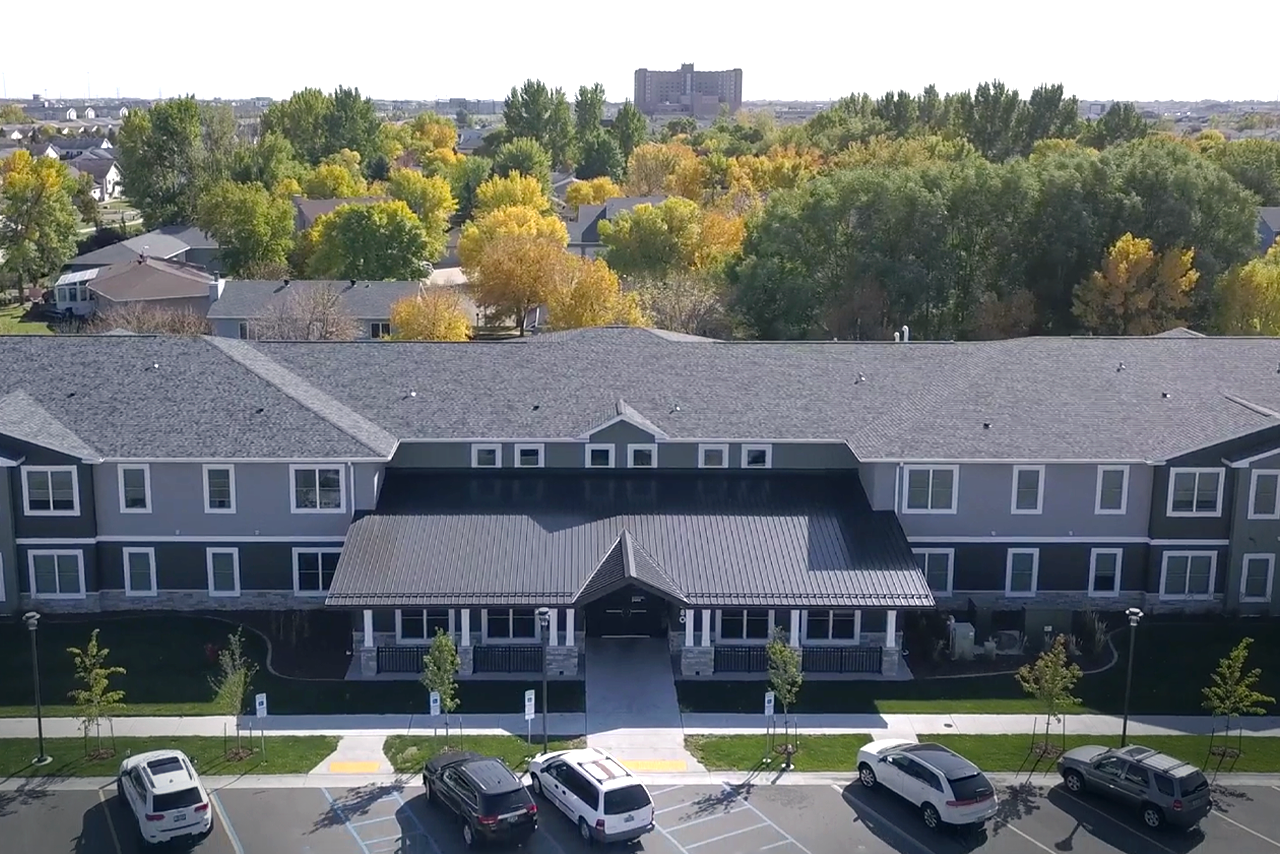
Courtesy Kevin Tobosa.
It was a chance phone call in 2016 from a West Fargo, North Dakota pastor that led to the creation of Grace Garden, according to YWCA Cass Clay CEO Erin Prochnow. Prochnow has been at the helm of the Fargo-based YWCA for 12 years, overseeing its emergency shelter and supportive services for survivors of domestic violence and women and children experiencing homelessness. YWCA is the largest shelter serving women and children in North Dakota and northwestern Minnesota, and it has expanded its services to include job training, counseling, and health care. On any given day, YWCA Cass Clay helps more than 250 women and children. In 2015, as the demand for its services was growing, Prochnow realized the YWCA needed to create more permanent housing.
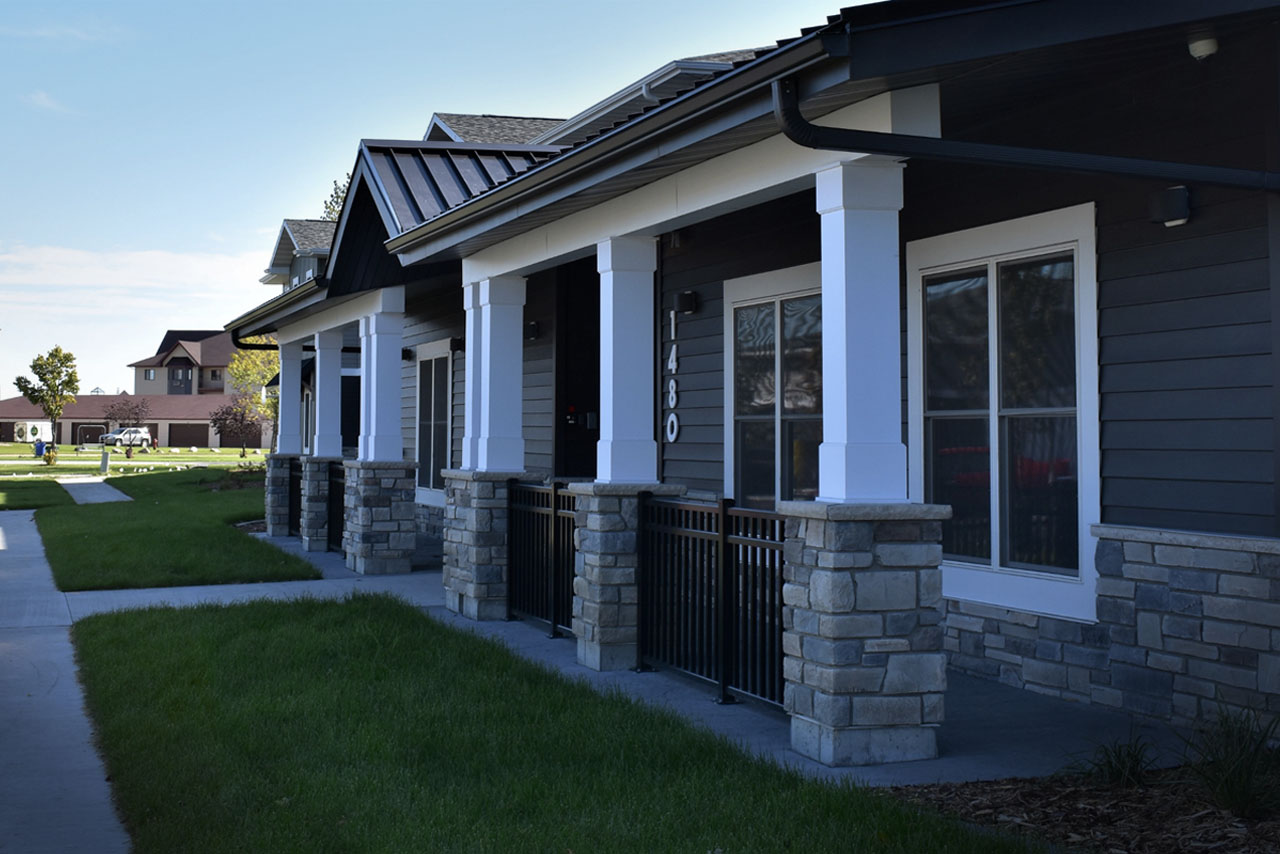
The $7.1 million project involved a unique public-private partnership that included the North Dakota Housing Finance Agency and the Housing Authority of Cass County, along with Gate City Bank and Wells Fargo Housing Foundation.
“We know that the solution to homelessness is stable housing,” says Prochnow. She made expanding affordable supportive housing the agency’s top programmatic priority, and wrote a strategic plan calling for the YWCA to double its current supply. At the time, the YWCA had temporary bed space for 67 people in its shelter, but only 19 units of transitional and permanent housing. A year later, as Prochnow’s vision was gaining momentum, Pastor Joel Baranko called to offer an act of grace.
Baranko — who had also baptized Prochnow’s two children — told her the Lutheran Church of the Cross had recently acquired an empty parcel of land near the middle of West Fargo. “He said, ‘It’s very near shopping, jobs, bus routes, a brand-new school called Willow Park,’” Prochnow recalls. “And he asked me, ‘Erin, what would you do with that lot?’”
We know that the solution to homelessness is stable housing.Erin Prochnow
Chief Executive Officer, YWCA of Cass Clay
She knew exactly what need that land could fill, and over the next six months, Prochnow and Baranko worked to gain the approval of their neighbors to develop the vacant lot into a residence for women and children attempting to start over. Prochnow recalls one community meeting where residents raised concerns about noise and traffic. Baranko responded, “Yes, there would be noise. But wouldn’t it be wonderful to hear children playing and being safe and having fun rather than living silently in an abusive home? Wouldn’t you rather hear children’s laughter?”
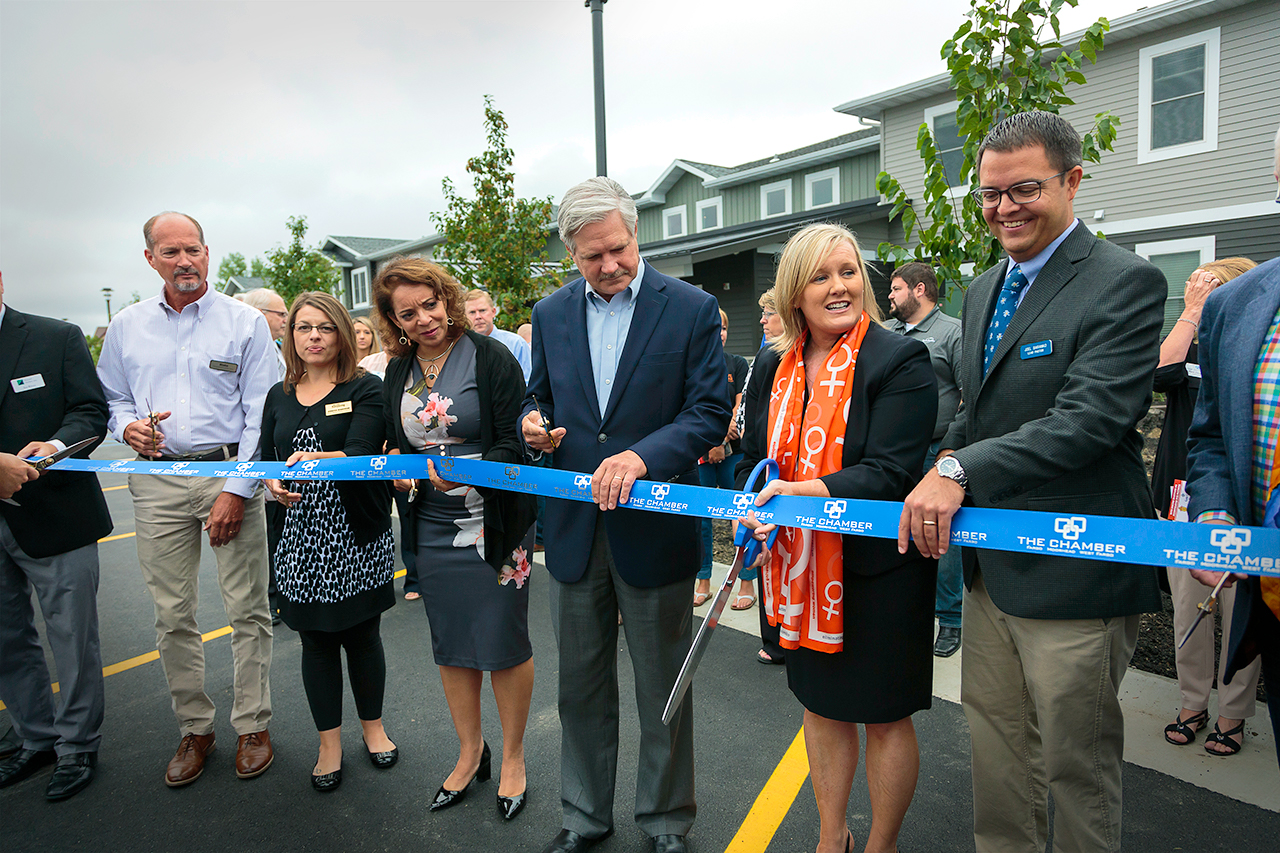
YWCA of Cass Clay’s Erin Prochnow (second from right), along with community partners, at the opening of Grace Garden in August 2019.
Fast forward to the ribbon-cutting ceremony in August 2019. In a speech that day, Prochnow said, “The building of the structure is complete. Now, the rebuilding of lives begins. Here, individuals and their families will be empowered to reach a state of stability and live free of fear.”
The new complex features furnished units ranging from one to four bedrooms, a community room, a fitness center, and yes, a very noisy and bustling playground. With help from YWCA staff, the 30 women who live at Grace Garden can access supportive services including child care, counseling, and job training. There is also a part-time nurse. The community has rallied behind the families, donating backpacks for the kids, providing holiday items, and organizing an onsite food bank.
Prochnow, a former aide to U.S. Senator Byron Dorgan and the niece of U.S. Senator Heidi Heitkamp, says her career has spanned everything from “soybeans to social work.” But securing financing for the $7 million dollar project was outside her wheelhouse. Enter Beyond Shelter, a North Dakota-based developer with expertise in using Low-Income Housing Tax Credits (LIHTC) to fund affordable housing.
“The LIHTC program has been the primary driver of new affordable housing production and preservation in this country for the past 30 years,” says Dana Brown, Vice President of LIHTC Investments at Fannie Mae.
The LIHTC program has been the primary driver of new affordable housing production and preservation in this country for the past 30 years.Dana Brown
VP of LIHTC, Green, Duty to Serve, MF Affordable Initiatives, and Healthy Housing, Fannie Mae
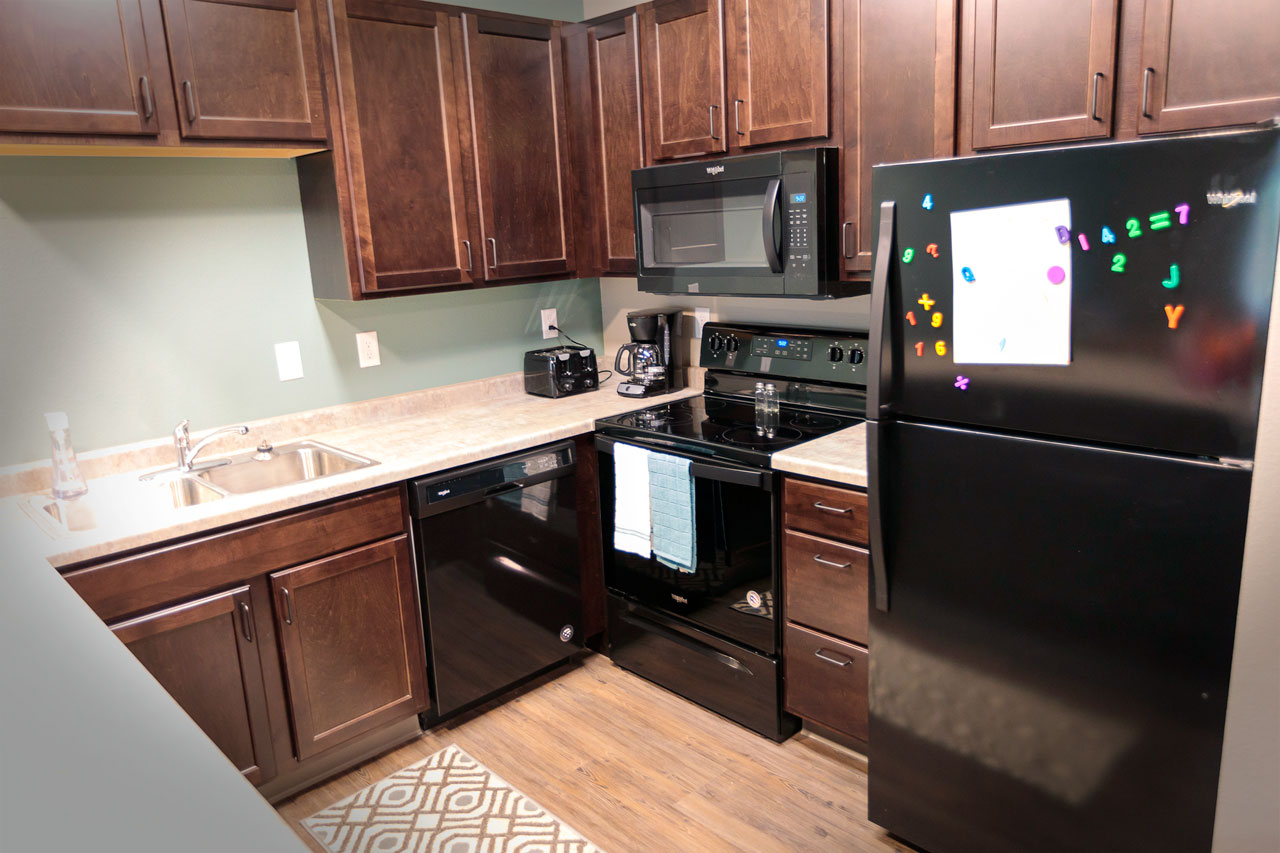
The 30-unit apartment building features two-, three-, and four-bedroom apartments.
The federal program encourages private equity investment in affordable rental housing through dollar-for-dollar tax credits, administered by state housing finance agencies and awarded to developers such as Beyond Shelter. Once Beyond Shelter and the YWCA applied for and won the tax credits from the North Dakota Housing Finance Agency, it then solicited bids, ultimately selecting The Richman Group, which manages one of Fannie Mae’s LIHTC investment funds.
“What we presented to Fannie Mae is that this is an opportunity to help the most vulnerable population and do it in a safe and low risk way,” says Terry Gentry, Executive Vice President of the Richman Group Affordable Housing Corporation. Gentry said, “Having private and public partnerships serving the needy in a community is a win-win.”
What we presented to Fannie Mae is that this is an opportunity to help the most vulnerable population and do it in a safe and low-risk way.Terry Gentry
Vice President, Affordable Housing Corporation, The Richman Group
Since 2017, Fannie Mae has committed over $1.5 billion in LIHTC deals. “We focus our LIHTC investments on markets where there may not be a lot of other investors,” says Fannie Mae’s Dana Brown. “These are the reasons we got into the business, to provide capital where capital is needed.”
Prochnow anticipates more housing developments in the future, since the coronavirus pandemic has unfortunately fueled a rise in domestic violence reports. Plus, she knows that the Grace Garden model works. “We know that a woman who participates in our program earns more money, is healthier, and is better equipped to create an environment where she and her children thrive.”
Find a DUS ® Lender Explore Specialty Financing Learn how we got the deal doneGaston Place
Austin, TX
Affordable Preservation with RAD
Hit play and join us for the innovative preservation story of Gaston Place in Austin, TX. Using HUD’s Rental Assistance Demonstration (RAD) program, Fannie Mae partnered with Bellwether Enterprise and the Housing Authority of the City of Austin to help finance $8 million in repairs at a 100-unit property for low-income seniors and individuals with disabilities. This partnership ultimately delivered value beyond healthier, safer homes — it brought residents together in a sense of community, family, and home.
Find a DUS ® Lender Explore Specialty Financing Learn how we got the deal doneGalway Place and Community Plaza
Minneapolis-St. Paul, MN
Healthy Housing Rewards™ Enhanced Resident Services™
Join us for a story of how Fannie Mae’s innovative Multifamily Healthy Housing Rewards™ program allowed for low-rate affordable financing and fostered community in an underserved neighborhood. We teamed up with lender JLL to help CommonBond affordably renovate Galway Place and Community Plaza in Minneapolis-St. Paul, MN. The partnership with CommonBond and JLL produced more than an investment in building repairs — with the adoption of Enhanced Resident Services™, it was an investment in the future of the community and its residents.
Find a DUS ® Lender Explore Specialty Financing Learn how we got the deal doneWah Luck House
Washington, D.C.
M.TEB, Moderate Rehab
Wah Luck House is both home and a haven of cultural warmth for many of the remaining older Chinese residents in D.C.’s Chinatown. In 2017, residents teamed up with the National Foundation for Affordable Housing Solutions to purchase the building so that long-time residents wouldn’t be priced out by new construction. Fannie Mae and Greystone provided $50 million in affordable financing, including $9.5 million toward renovations. The teamwork preserved 153 units of affordable housing for hundreds of seniors — many of whom immigrated to the U.S. in the 1980s. After working their whole lives, residents can afford to enjoy their mature years in the place that represents their American dream.
Find a DUS ® Lender Explore Specialty Financing Learn how we got the deal doneVillas del Zocalo
Dallas, TX
Structured Adjustable-Rate Mortgage (SARM)
See how this inspiring community delivers value as an investment thanks to resident retention. In 2014, visionary developer Comunidad Realty Partners worked with Fannie Mae and DUS® lender PGIM to purchase a workforce apartment complex — Villas del Zocalo — in Dallas. With that financing in place, Comunidad set about providing residents with after-school programs and health and wellness services. Those services, combined with affordable rents, have created a supportive, stable community where families can thrive. Villas del Zocalo is a place that residents love to call home.
Find a DUS ® Lender Explore Specialty Financing Learn how we got the deal doneManhattan Plaza
New York, NY
Affordable Preservation with Section 8
Enjoy this story of how affordable financing transforms lives and entire neighborhoods. In the 1970s, Manhattan Plaza was built as market-rate apartments in Times Square. But during this time, the neighborhood was known for being a center for crime and other issues, making it hard to market the apartments. As a result, the city converted the buildings to New York City’s first Section 8 ― low-income ― allocation. Now, residents refer to Manhattan Plaza as “the miracle on 42nd Street.” The updated property showcases Fannie Mae’s affordable financing partnership with DUS® lender Wells Fargo and developer Related Companies. The goal was to attract residents with a vested stake in the buildings’ success — namely, performance artists. It worked. Today the community’s 689 apartments house 2,800 people: 70 percent artists, 15 percent seniors, and 15 percent community. Rents are based on incomes and don’t exceed 30 percent of income. Alicia Keys, Patrick Dempsey, and Angela Lansbury have all called Manhattan Plaza home.
Find a DUS ® Lender Explore Specialty Financing Learn how we got the deal done